To capture stunning moonrise photos, plan your shoot using apps like Photopills to track moon phases, with full moons offering ideal lighting. Scout locations during daylight to identify compelling foreground elements. Switch to manual mode with f/8 aperture, low ISO, and faster shutter speeds to freeze the moon’s detail. Balance exposure through spot metering or bracket your shots. Position the moon using the rule of thirds with strong foreground elements. These fundamentals will transform your night photography into breathtaking lunar landscapes.
Tracking Moon Phases for Optimal Exposure Times

When planning night photography sessions, understanding the moon’s phases becomes your secret weapon for capturing breathtaking images. Full and half moons provide more light and contrast, making them ideal for illuminating landscape foreground elements while maintaining detail in the sky.
The moon’s phases aren’t just celestial events—they’re your nighttime lighting directors, transforming ordinary landscapes into otherworldly scenes.
Track moonrise and moonset times using resources like timeanddate.com to optimize your shooting schedule. The golden hour and the first hour after moonrise offer the most dramatic lighting conditions for your compositions.
Monitor the moon position throughout the night to determine ideal vantage points for your shots. Apps like Planit and Photopills help visualize the moon’s trajectory, allowing you to plan exactly when and where to set up your equipment.
Adjusting your exposure settings based on the moon phase guarantees properly balanced images—brighter phases require faster shutter speeds to preserve lunar details.
Location Scouting and Foreground Element Selection
Successful moonrise photography begins with thorough location scouting before the sun sets. Visit potential sites during daylight to identify intriguing foreground elements and obstacles that might block your view.
Consider how the moonrise direction interacts with landscape features like mountains or trees to create depth in your composition. Use Google Earth to research terrain and determine ideal angles for capturing the moonrise alongside interesting subjects.
Seek locations with minimal light pollution and clear horizon views to guarantee the moon remains prominently featured in your images. For visually engaging shots, incorporate water bodies or distinctive rock formations that complement the rising moon.
The right foreground elements add contextual depth to your photographs, transforming an ordinary moonrise into a fascinating scene that tells a complete visual story.
Essential Camera Settings for Moonrise Photography
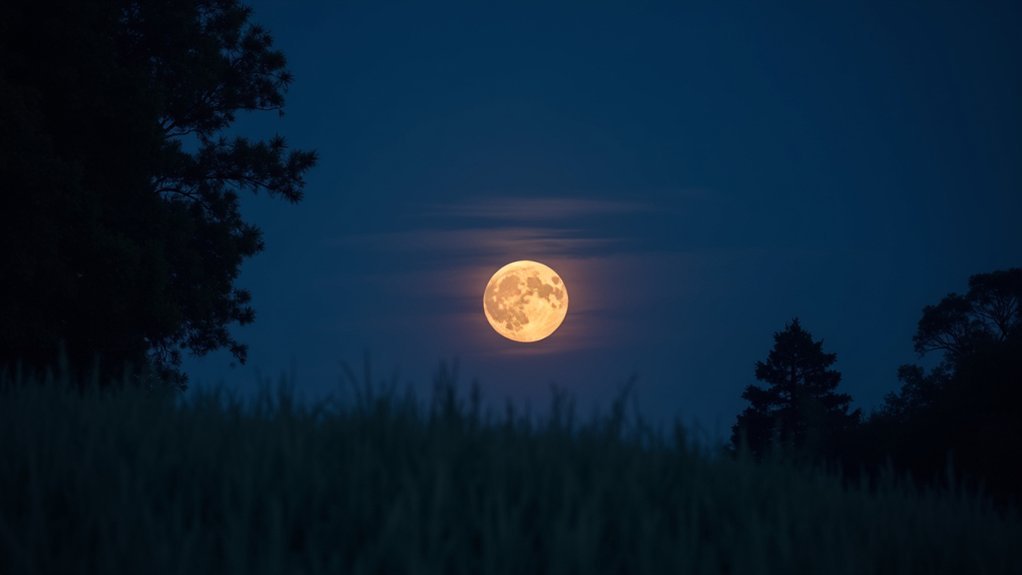
After selecting the perfect location for your moonrise shoot, you’ll need to configure your camera properly to capture the scene’s full beauty.
Switch to manual mode for complete exposure control—this is essential when balancing the bright moon against the darker landscape.
Set your aperture to f/8 or wider for ideal sharpness while maintaining landscape detail. Keep your ISO low (around 100) since the moon reflects sunlight, and use a shutter speed of at least 1/125 seconds to prevent motion blur.
Employ spot metering to accurately expose for the moon, which reflects light similarly to beach sand.
For challenging scenes with extreme brightness differences, consider taking multiple exposures to merge later. This HDR approach helps balance the bright moon with your dimly lit foreground elements.
Managing Contrast Between Moon and Landscape
One of the biggest challenges you’ll face in moonrise photography is balancing the extreme brightness difference between the luminous moon and the darker landscape. The moon’s reflective surface often appears as a featureless white blob when you expose for the foreground.
| Technique | Application | Setting | Result |
|---|---|---|---|
| Spot Metering | Moon only | Centered focus | Prevents overexposure |
| Dual Exposure | Moon + Landscape | Blend in post | Balanced final image |
| HDR Method | Multiple shots | Varying exposures | Enhanced dynamic range |
| Composition | Foreground elements | f/8, ISO 100 | Context and interest |
To manage this contrast effectively, either capture two separate exposures (one for the moonrise, one for the landscape) or utilize HDR techniques. When shooting, keep your aperture around f/8 and ISO low to maintain detail in the moon while still capturing foreground elements.
Creative Composition Techniques for Moonlit Scenes
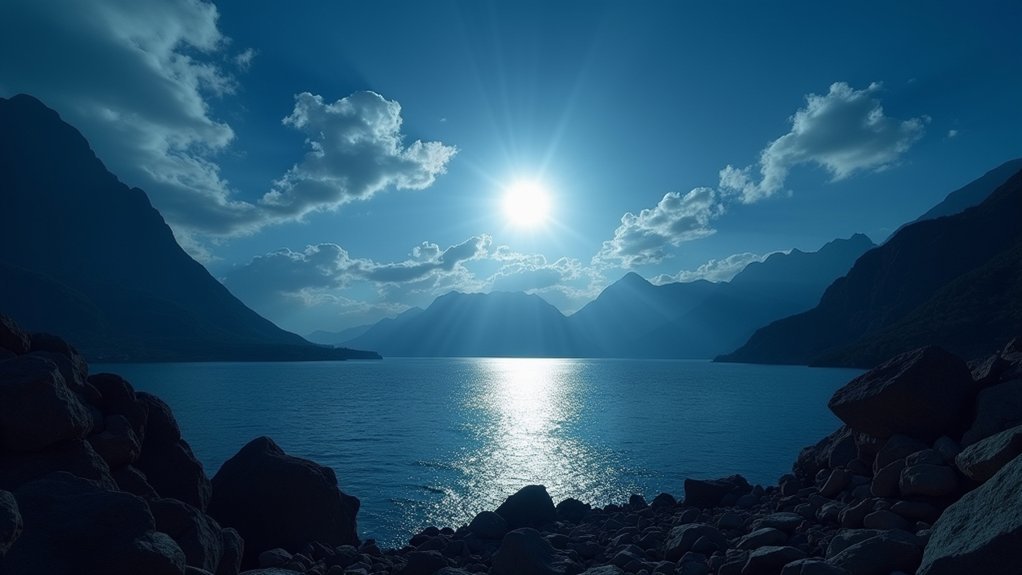
While technical settings guarantee proper exposure, thoughtful composition transforms your moonrise photos from basic snapshots into compelling visual stories. Position the moon at rule of thirds intersections to create balance that naturally draws viewers through your image.
Technical prowess captures the moon. Artistic composition tells its story.
Incorporate foreground elements like trees or buildings to establish depth in your landscape and enhance visual interest.
Try shooting from lower angles to dramatize the moon’s presence against earthly surroundings. Leading lines such as pathways or rivers guide the viewer’s eye toward your celestial subject, adding directional flow to your composition.
For particularly vibrant and dramatic effects, capture the moonrise when it hovers near the horizon, where it appears larger and creates striking contrast with the landscape.
These perspectives will elevate your night photography beyond mere documentation to artistic expression.
Frequently Asked Questions
What Is the 11 Rule for Moon Photography?
The 11 rule for moon photography means setting your aperture to f/11, shutter speed to 1/11 second, and ISO to 100. You’ll capture the moon’s details without overexposure. It’s your starting point for adjustments.
How Can I Make the Moon Look Better in Pictures?
Use a telephoto lens, low ISO, and fast shutter speed to capture sharp moon details. Frame your shot carefully, shoot at f/8, and try HDR techniques to balance exposure between the bright moon and darker surroundings.
What Camera Settings Are Best for Moon Shots?
For moon shots, you’ll get the best results with ISO 100-200, aperture around f/8, and shutter speed of 1/125s or faster. Use spot metering, a tripod, and shoot in RAW format for maximum clarity.
How to Take a Clear Photo of the Moon at Night?
You’ll need a telephoto lens (200mm+), manual mode (ISO 100, f/8, 1/125s+), spot metering on the moon, and a sturdy tripod. Don’t forget to use a remote release to avoid camera shake.
In Summary
You’ve now got the tools to capture breathtaking moonrise photos. Remember to track phases, scout locations, adjust your settings, manage contrast, and experiment with composition. Don’t be discouraged if your first attempts aren’t perfect—night photography takes practice. The magic happens when you’re prepared and patient. So grab your camera, head out when the moon rises, and create those stunning nightscapes you’ve always imagined.
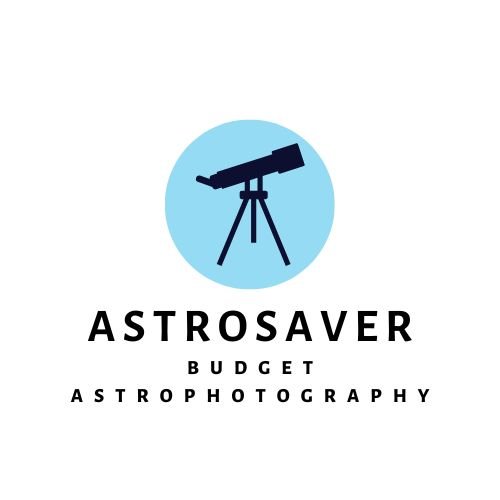

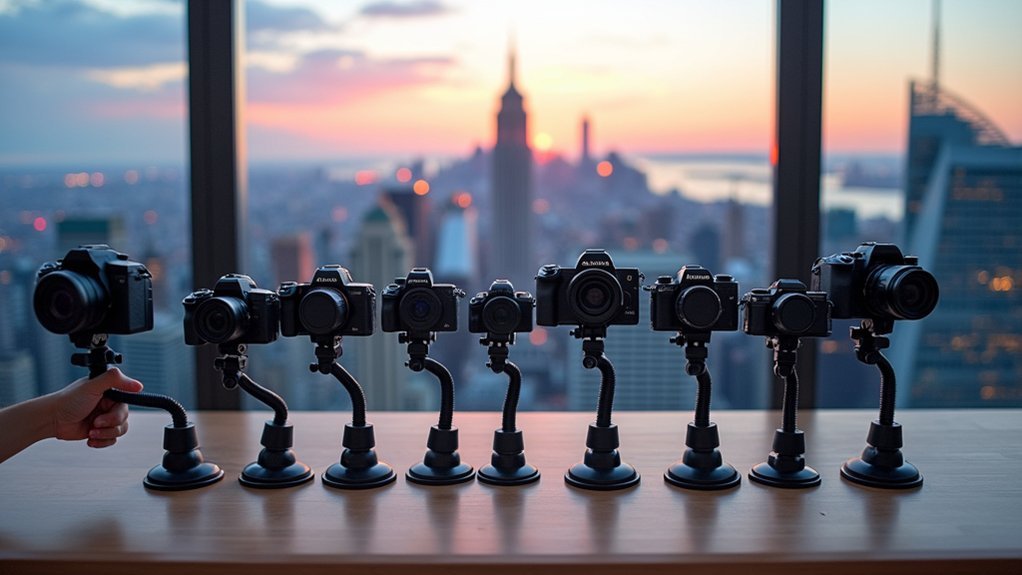

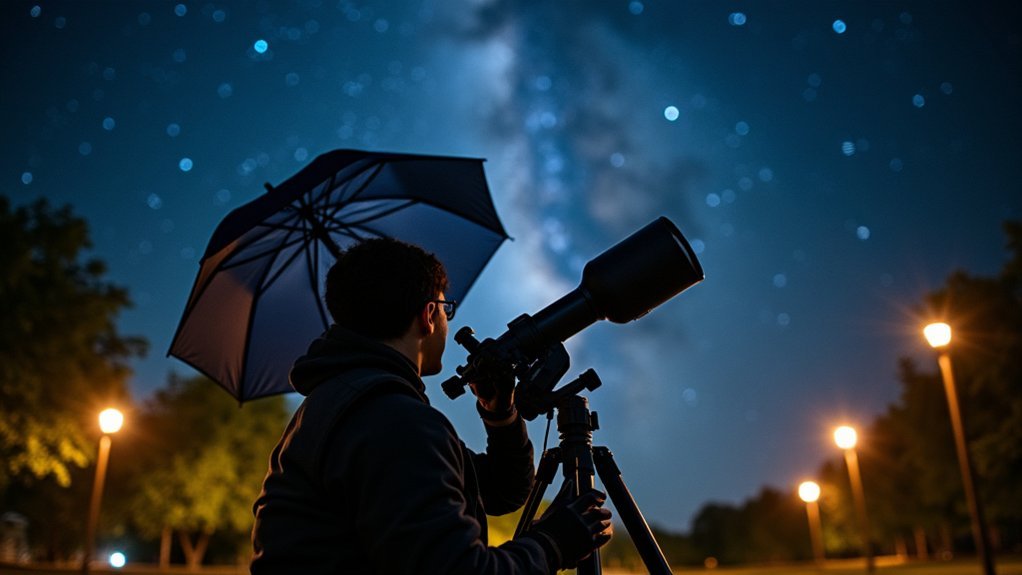
Leave a Reply